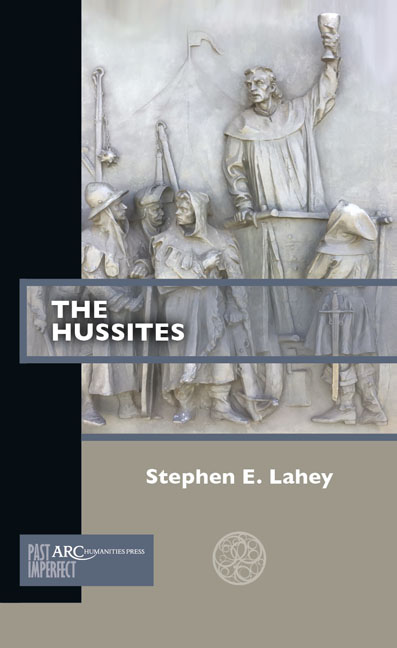Summary
The possibilities for scholarly work on the Hussites are manifold, and thanks to the wealth of primary texts now readily available, are ripe for development. Additionally, the growing list of manuscripts on such electronic portals as the Enrich Manuscriptorium [manuscriptorium.com] invites the creation of editions of the great number of unedited primary sources, both in Latin and in Old Czech. As the historiography of the Hussites suggests, classifying the movement involves exploring one's own intellectual assumptions about social structure, social movements, and religious identity. Two questions arise: do the Hussites represent a revolution, and were they fundamentalist? Both seem particularly appropriate for our society, which continues to experience repercussions from the events in the Muslim world that are frequently described using both of these terms.
Jacques Derrida argued in his 1994 Spectres of Marx that the fall of the Soviet Union and Marxism as defined during the twentieth-century Cold War did not make Marx irrelevant or wrong. In fact, Marxism is now open to a reinterpretation given the confusing new realities introduced by globalism. Stu-dents of Derrida now perceive a new reaction to the crises and ambiguities consequent to the rise of corporations that are more powerful than nations. The species of revolution populating post-1989 history include populist rejections of state corruption, “fundamentalist” religious reaction to secularism, post-colonial recovery of popular identities—all of them valid means by which to describe Hussitism. The Marxist reading of revolt as a bottom-up reformulation of social structure has realized new dimensions with the end of the nation state as the main unit of social organization. The Hussites provide a good example by which to explore these new dimensions.
But many other social revolts had occurred in Europe before 1419, and the legitimacy of using the term “revolution” to describe the Hussites in a post-Soviet worldview is open to doubt. The thirteenth and fourteenth centuries saw popular revolts in English, Italian, French, and Flemish lands, revolts against king, emperor, and pope, and against the colonial control of one city or feudal holding over another. The radical Franciscans, the Cathars, and other lesser known religious minorities generated church-sponsored crusades within Europe long before trouble started in Bohemia.
- Type
- Chapter
- Information
- Hussites , pp. 95 - 102Publisher: Amsterdam University PressPrint publication year: 2019



